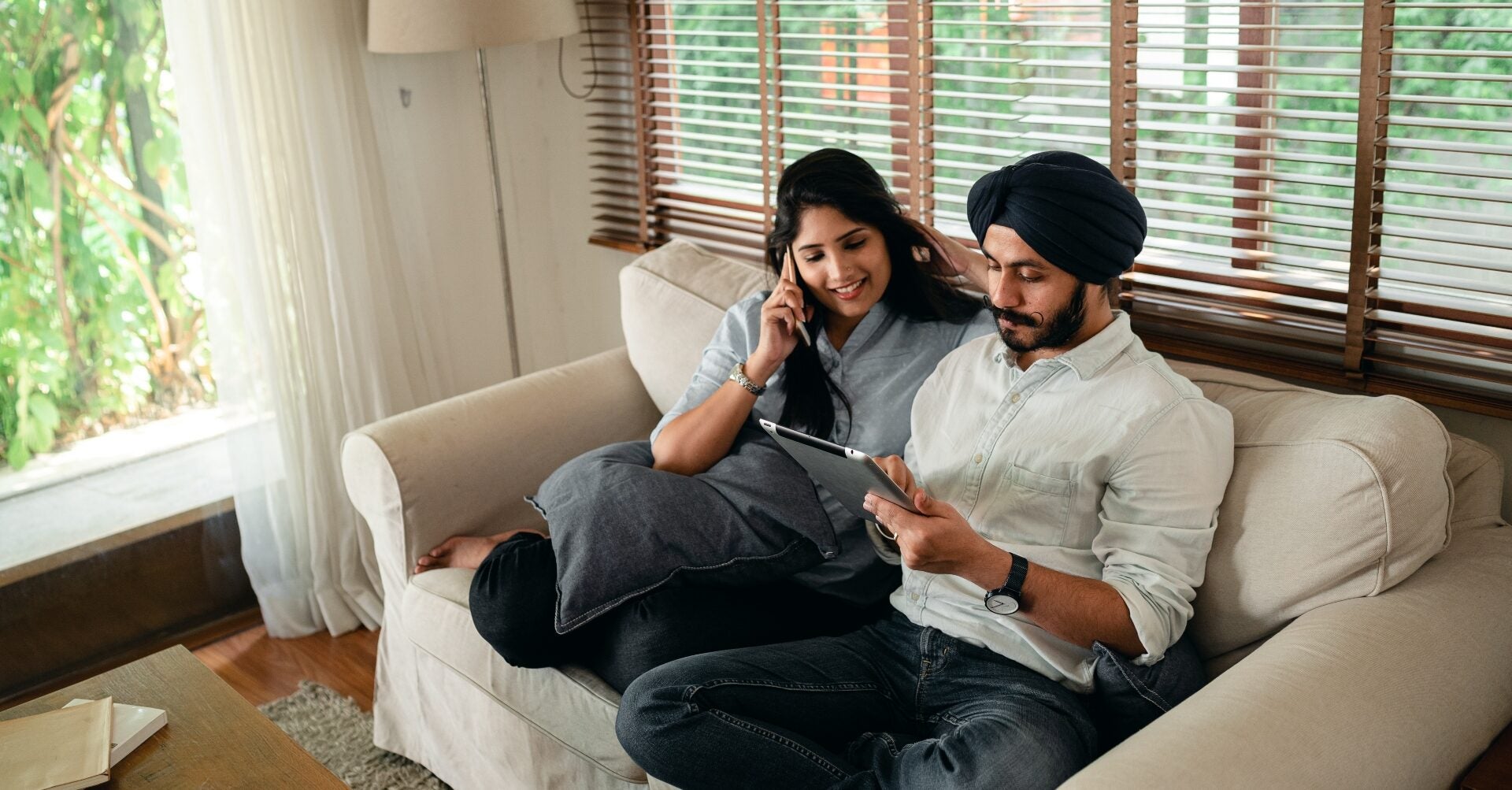Are you ready to buy a home? It’s an exciting—and stressful—process. When you’re taking such a huge step, you have a lot of planning and evaluating to do. As you look over your finances, you might wonder how much money do you need to buy a house?
In short, many buyers come to the table with a 20% down payment. If you don’t have enough money for a 20% down payment, don’t panic—there are low down payment and no down payment mortgage options out there.
Wondering how to navigate the process? Don’t worry—we’ve got the info you need. By the time you’re done reading, you’ll be able to create a home-buying plan of your own.

Table of Contents:
- Down Payments and Mortgage Options
- Home-Buying Examples
- Typical Closing Costs
- Financial Resource Ideas
- How Much Money Should I Save Before Buying a House?
- COVID-19 and Mortgage Relief
- Create a Home-Buying Plan
Down Payments and Mortgage Options
It’s exciting to buy a home. In 2020, more than 5.64 million homes were sold in the United States—in a pandemic, no less. If you’re ready to become a homeowner in 2021, you probably have a lot of questions, especially if you’re a first-time buyer. How much do you need to buy a house? Which type of mortgage is best?
Let’s tackle the question that’s probably most on your mind—how much for a down payment? Many buyers aim for a 20% down payment, but you can get a mortgage with a lighter down payment—or no down payment at all. Here are three popular mortgage options.
1. Conventional Mortgage
Traditional lenders—mortgage companies, credit unions and banks, for instance—finance conventional mortgages. Many financial institutions prefer borrowers with 20% down payments, but some offer 5% down payment mortgages. If you put less than 20% down, you’ll probably need to purchase private mortgage insurance (PMI). Lenders will take your credit, your income and other factors into account when they evaluate you for mortgage offers.
2. USDA Mortgage
If you live in a rural area, you might qualify for a USDA-backed mortgage. If you’re eligible for a USDA mortgage, you won’t have to come up with a down payment. To get a USDA loan, you need to:
- Buy an eligible property. Your potential home has to be in an eligible rural area.
- Meet income guidelines. To qualify for a USDA loan, your income can’t exceed a state-specific amount.
- Use the home as your primary dwelling. You have to live in the property on a permanent basis.
- Be a U.S. citizen, a U.S. national or a qualifying resident alien. Foreign nationals who aren’t authorized to remain in the United States can’t get USDA loans.
You’ll also need to meet the lender’s credit requirements. Luckily, you don’t have to have a perfect credit score to qualify for a government-backed USDA loan.
3. FHA Mortgage
Another type of government-backed loan, Federal Housing Administration (FHA) mortgages accept down payments as low as 3.5%. To get an FHA loan, you need to:
- Live in the home full time.The house you buy has to be your main home.
- Stay under the FHA maximum mortgage limit.The property has to be under a certain value.
- Maintain a specific debt-to-income ratio.You need to spend a maximum of 43% of your income on housing costs and debt.
Once again, other credit requirements also apply. Also, you won’t need a perfect credit score to qualify for a government-backed FHA mortgage.
Home-Buying Examples
Let’s imagine your dream home is on the market for $200,000. Here are your potential down payment costs:
- Conventional mortgage. Between $10,000 and $40,000, depending on the lender.
- USDA mortgage. Possibly $0.
- FHA mortgage. As little as $7,000.
Clearly the USDA mortgage option represents the lowest cost of entry. If you have a little money set aside, you could opt for an FHA mortgage instead. Remember—you also need to consider long-term interest rates and compare total cost over the life of the mortgage for each loan option. Last—but certainly not least—pick a monthly payment you can realistically afford.
Typical Closing Costs
Closing costs, which include taxes, appraisals, title costs and attorney fees, are generally between 3% and 6% of your mortgage principal. Your mortgage principal is the amount you borrow—so the bigger your down payment, the less you’ll pay in closing costs.
Let’s use the $200,000 home above as an example. Consider these three 4% closing cost scenarios:
- You put down 10%, or $20,000, leaving a mortgage principal of $180,000. You’ll pay $7,200 in closing costs.
- You put down 20%, or $40,000, leaving a mortgage principal of $160,000. You’ll pay $6,400 in closing costs.
- You go for a mortgage with no down payment, so your mortgage principal is $200,000. You’ll pay $8,000 in closing costs.
Financial Resource Ideas
You can’t borrow money for a down payment. You have to be able to show a paper trail for the cash you use to buy a house. Here are a few legitimate funding sources for a down payment:
- Stock or bond sales
- An IRA or 401(k) withdrawal
- Money from your checking or savings account
- Cash from a money market account
- A portion of your retirement account
- A monetary gift
You can roll other funds, like your tax returnor a security deposit refund, into your down payment, too.
How Much Money Should I Save Before Buying a House?
It’s important to look at the big picture when buying a house. You’ll need to pull together a down payment and closing costs, but you’ll also need to budget for removal costs, inspections and repair fees. Create a funds checklist beforeyou sign on the dotted line to avoid unforeseen expenses.
COVID-19 and Mortgage Relief
Federally backed loans—like FHA and USDA mortgages—are eligible for temporary mortgage relief because of COVID-19. If you buy a home and then lose a significant portion of your income because of the pandemic, you can apply for mortgage forbearance. Suspended payments are still due later on, but you gain extra time to pay. Initial mortgage relief and forbearance applicationshave to be in by June 30th, 2021.
Create a Home-Buying Plan
Conventional mortgages and government-backed loans make homeownership a reality for millions of people and qualifying resident aliens every year. If you’re ready to create a home-buying plan, sign up for Credit.com’s ExtraCredit to check out 28 of your FICO scores. When you’re ready, compare and contrast loans, and get preapproved for a mortgage before you start shopping.
You Might Also Like
December 13, 2023
Mortgages
December 15, 2020
Mortgages







